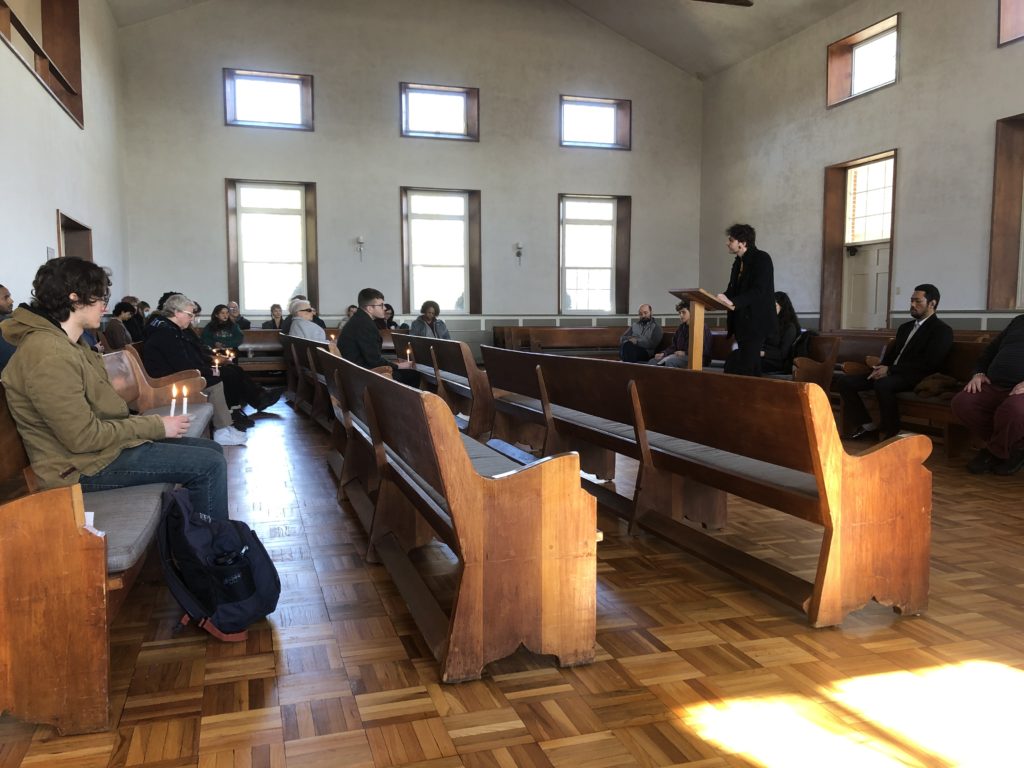
On February 6th, in the early morning, a magnitude 7.8 earthquake struck southeastern Türkiye and northern Syria. Originating near the city of Gaziantep at a depth of 11 miles, the quake was felt as far away as Lebanon and Iraq. Hundreds of aftershocks, the strongest of which measured at 7.5, would continue to strike the region for hours after the initial tremor. The region of Hatay in southern Türkiye was particularly hard hit. Aleppo and Idlib in northern Syria, where many buildings were already battered by years of war, also suffered severe damage. Though initial reporting was delayed, the extent of the damage soon became clear. At the time of this writing the quakes claimed the lives of more than 47,000 people across Türkiye and Syria, and destroyed or irreparably damaged over 100,000 buildings, according to the Associated Press News on the 21st of February. A further 865,000 people have been displaced in Türkiye alone. A significant international aid campaign developed in the days following the quakes. Countries across the globe have sent material aid as well as hundreds of search and rescue specialists, doctors, and humanitarian workers. Despite these efforts, the United Nations has appealed for a further $1 billion in aid for Türkiye, and $400 million in aid for Syria. These figures do not account for rebuilding efforts, which will likely cost tens of billions of dollars. The human toll is beyond quantification. Unfortunately, not all of this aid has reached those who need it most. In northern Syria, a patchwork of territorial conflicts and border policies have inhibited, or outright halted, the delivery of aid to many of the worst hit areas. The first UN aid convoy was not able to reach northwestern Syria until three days after the quake. In Türkiye some areas went days without government sent relief, with some in Türkiye claiming that the government response was both too slow and inadequate. There has been further uproar over the lack of earthquake-proof construction, with media noting that the government had failed to effectively enforce building codes despite the prevalence of earthquakes in the region. The duration of support and aid has also been of concern. Earlham students affected by the crisis have expressed their concern that the tragedy is being treated as a single event in time, not a protracted process of destruction, grief, and rebuilding. Aid in all forms, particularly mental health support, will be crucial for the years ahead. Impacted students have said that there will be fundraising and support efforts which students can donate to. While this tragedy may feel distant, every Earlhamite almost certainly knows someone who has been impacted directly or indirectly. As this situation continues to evolve, let us continue to stand in solidarity with people who have been affected by this disaster.

